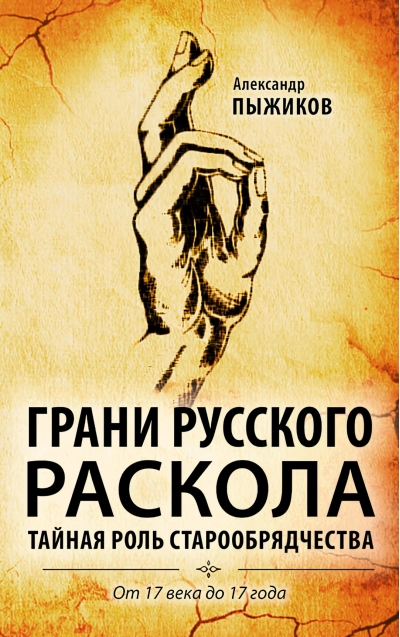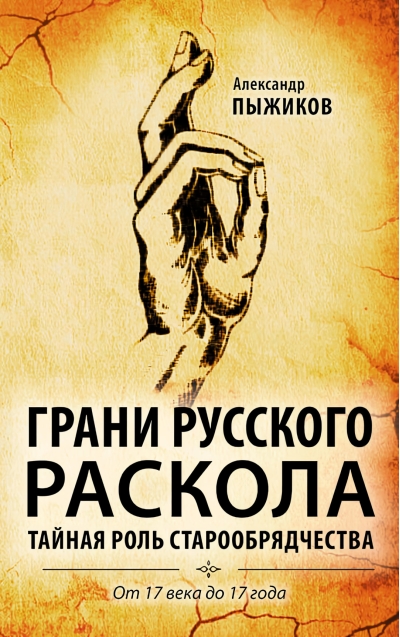The Facets of the Russian Schism: The Secret Role of the Old Believers from the 17th Century to 1917
14.99 €
In stock
The book "Facets of the Russian Schism" - is a new research perspective on the events of Russian history of the XVII century, which absolutely does not fit into the prevailing historiographical tradition. The schism is a studied phenomenon in Russian history, but official science has little idea what the popular reality was, allocating to the Old Believers only 2% of the population of the empire.
However, in the XVII century Russian society was split into two irreconcilable camps: adherents of the Old Rite and followers of Patriarch Nikon's reforms. Russia was divided within itself: on the geographical map the country was united, but in reality there were two societies, whose religious separation acquired different social and cultural identification. This arrangement affected all aspects of Russian life: social, cultural, and economic.
The author of the book "The Edge of the Russian Schism". Alexander Pyzhikov has taken on the difficult job of pulling Old Believership out of the religious closet and showing that it is not a marginal phenomenon. The Old Believers did not accept the state-imposed monotheism, the new vertical of power, and the "going to the people" of the Russian intelligentsia. Finding themselves on the periphery of the administrative and economic system, the majority of the population arranged their existence on completely different principles than their rulers. The spread of the liberal spirit and the political preferences of the large merchants led them to ally themselves with the new forces. And the economic initiatives of the Old Believers determined the dynamics of merchant-peasant capitalism.
The task of the book is to show the influence that the religious schism had on the course of national history after the seventeenth century and to give the study of Old Believership new meanings.
However, in the XVII century Russian society was split into two irreconcilable camps: adherents of the Old Rite and followers of Patriarch Nikon's reforms. Russia was divided within itself: on the geographical map the country was united, but in reality there were two societies, whose religious separation acquired different social and cultural identification. This arrangement affected all aspects of Russian life: social, cultural, and economic.
The author of the book "The Edge of the Russian Schism". Alexander Pyzhikov has taken on the difficult job of pulling Old Believership out of the religious closet and showing that it is not a marginal phenomenon. The Old Believers did not accept the state-imposed monotheism, the new vertical of power, and the "going to the people" of the Russian intelligentsia. Finding themselves on the periphery of the administrative and economic system, the majority of the population arranged their existence on completely different principles than their rulers. The spread of the liberal spirit and the political preferences of the large merchants led them to ally themselves with the new forces. And the economic initiatives of the Old Believers determined the dynamics of merchant-peasant capitalism.
The task of the book is to show the influence that the religious schism had on the course of national history after the seventeenth century and to give the study of Old Believership new meanings.
See also:
- All books by the publisher
- All books by the author







